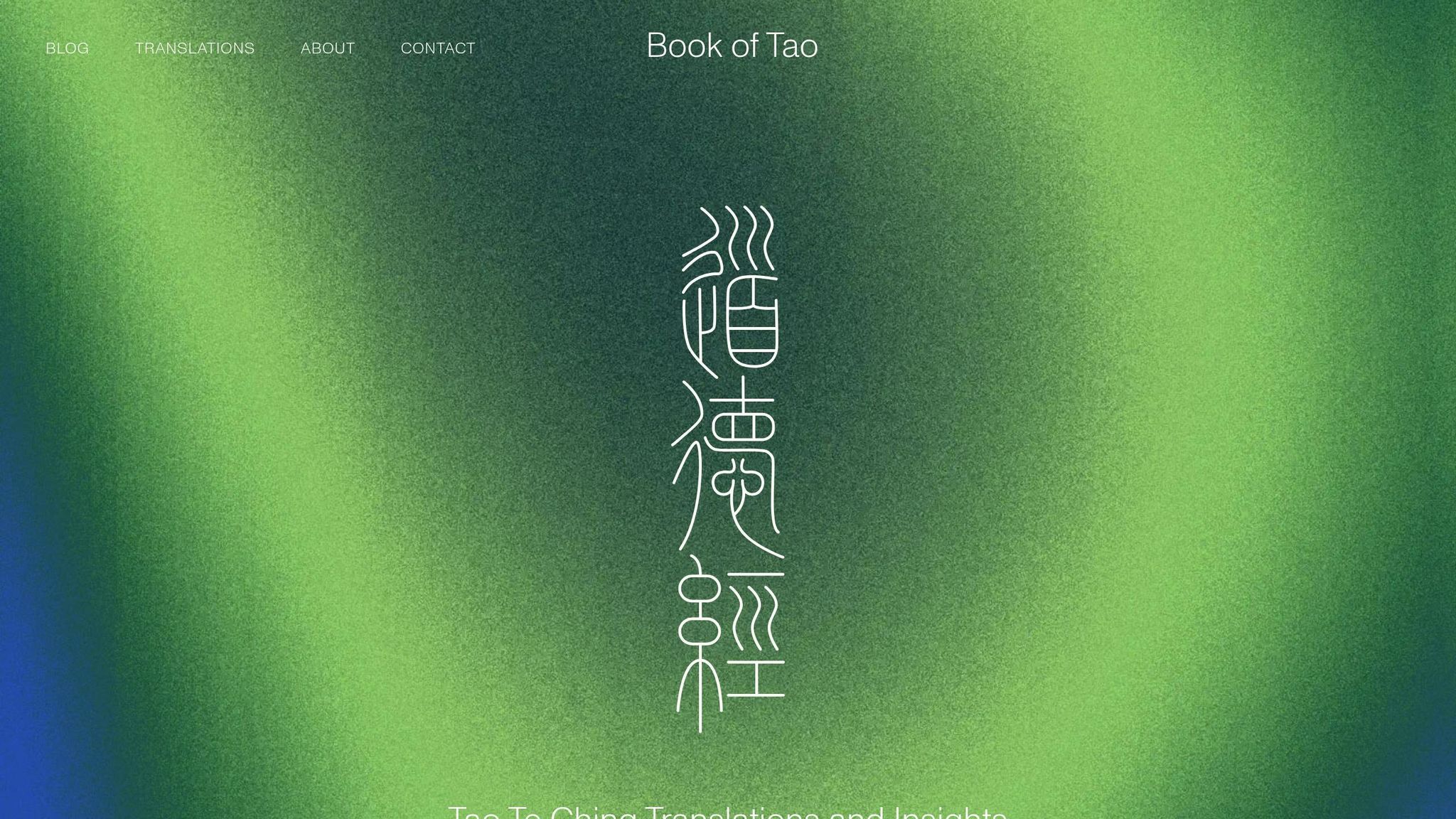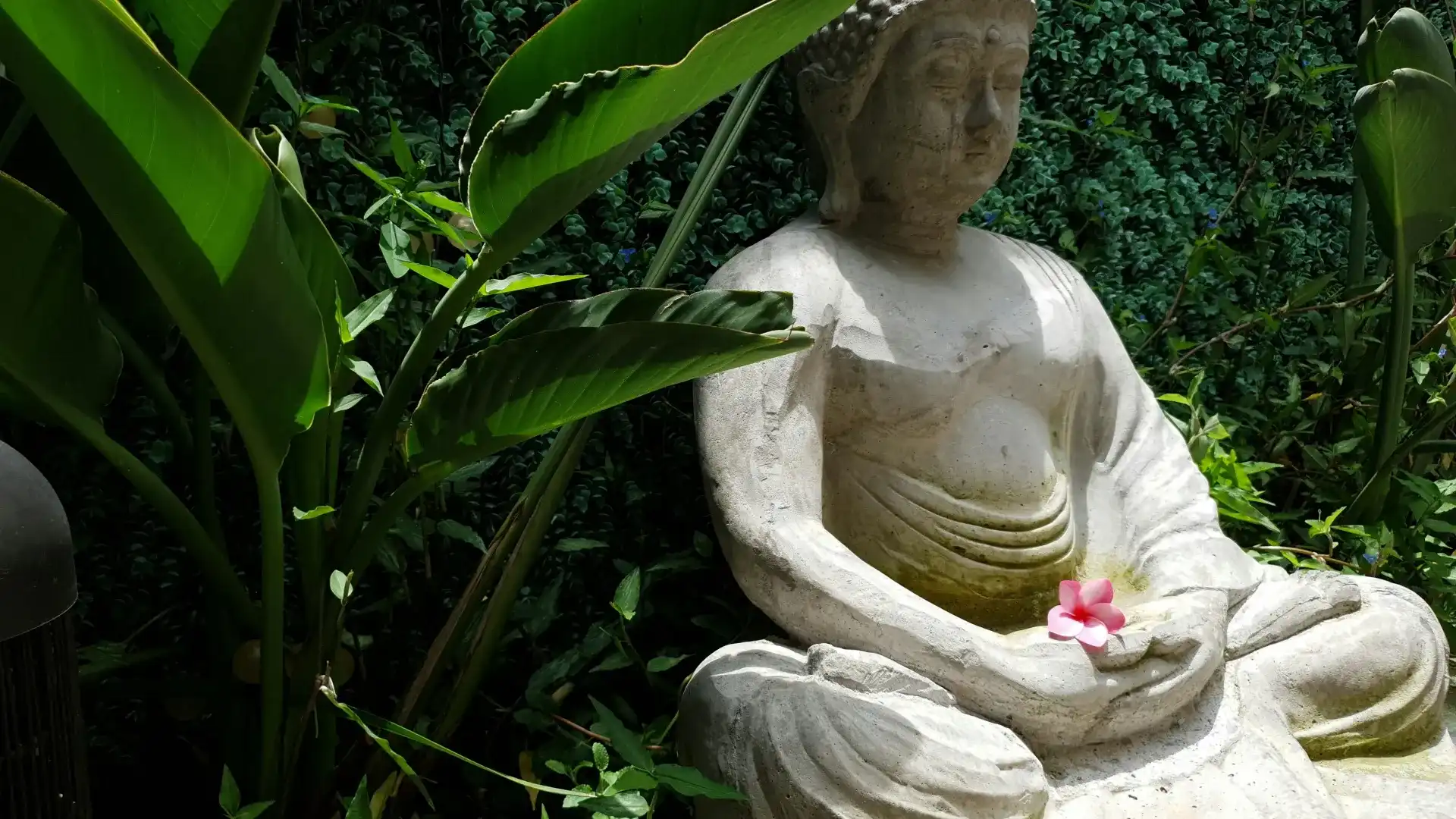Taoist longevity breathing is a simple, ancient practice that focuses on controlled breathing to improve energy (qi), mental clarity, and spiritual connection. It’s rooted in Taoist philosophy, which emphasizes living in harmony with nature’s flow. Here’s what you need to know to get started:
- What It Is: A breathing technique that nurtures qi (vital energy) for physical, mental, and spiritual well-being.
- Benefits: Boosts energy, reduces stress, sharpens focus, and fosters a deeper connection to yourself and nature.
- How to Practice:
- Sit comfortably with a straight spine in a quiet, distraction-free space.
- Breathe deeply and slowly, focusing on your breath.
- Start with 10–15 minutes daily, ideally in the morning.
- Tips: Practice on an empty stomach, use a timer, and stay consistent.
This method is easy to integrate into daily life and can help you feel more balanced and connected. Whether you’re looking to reduce stress or explore Taoist philosophy, this practice is a great place to start.
Basic Breathing Methods
Correct Position and Setting
For Taoist longevity breathing, your posture and environment play a big role. Choose a quiet, airy space where you can concentrate without distractions. Use these tips to position your body for better energy flow:
- Sit with your back straight but not stiff.
- Let your shoulders relax and drop naturally.
- Slightly tuck your chin to keep your spine aligned.
- Rest your hands comfortably on your thighs.
- Place your feet flat on the ground, or if sitting cross-legged on a cushion, ensure your spine stays naturally aligned.
Taoist Longevity Breathing Yoga
Health Effects
Taoist longevity breathing, inspired by Traditional Chinese Medicine, promotes well-being by addressing physical, mental, and spiritual aspects of health.
Physical Benefits
Consistent practice improves energy levels and supports the body through mindful, controlled breathing techniques.
Mental Well-Being
These breathing methods encourage relaxation, mental clarity, and emotional stability, helping to maintain focus and a sense of calm.
Spiritual Growth
The exercises create an opportunity for deeper spiritual connection, enhancing awareness of qi and fostering harmony between the body, mind, and spirit.
sbb-itb-4c1eb9b
Daily Practice Guide
Creating a daily routine helps reinforce your practice and make it a consistent part of your life.
Building a Routine
Start with 10–15 minute sessions each morning. Ideally, practice between 5:00 AM and 7:00 AM, as this is believed to be when qi energy is at its peak. However, the most important factor is consistency, so choose a time that works best for you. Use a timer to stay focused and avoid distractions.
Set up a quiet, dedicated space with minimal distractions. Your space should include:
- A firm cushion or chair to support proper posture
- Loose, comfortable clothing
- Comfortable room temperature (68–72°F or 20–22°C)
- Natural lighting, if available
To maximize energy flow, practice on an empty stomach, waiting at least two hours after eating. As you grow more comfortable, you can gradually extend your sessions.
Other Taoist Methods
Adding other Taoist exercises can deepen your practice and help cultivate qi more effectively. Here are suggestions for morning and evening routines:
Morning Practices
- Gentle stretching
- Longevity breathing techniques
- Standing meditation
- Mindful walking
Evening Practices
- Breathing exercises to relax before bed
- Neck and shoulder rolls to release tension
- Seated meditation to calm the mind
Common Problems
Challenges are normal, but addressing them can make your practice more effective. Here's how to handle common issues:
| Challenge | Solution |
|---|---|
| Mind wandering | Focus on counting breaths (1–10) |
| Postural discomfort | Adjust your posture gradually or use support |
| Irregular breathing | Try shorter, more frequent sessions |
| Time constraints | Begin with just 5-minute sessions twice daily |
| Drowsiness | Practice earlier in the day with good ventilation |
Learning Materials
Book of Tao

The Book of Tao provides resources on Taoist longevity breathing and its philosophy. The site features articles that delve into breathing techniques and Qi cultivation, covering topics like:
- Detailed explanations of breathing methods and Qi cultivation
- Insights into timeless Taoist principles with a modern touch
Study Resources
To deepen your understanding, supplement the insights from the Book of Tao with foundational texts like the Tao Te Ching. These texts offer essential context for grasping the philosophy behind the practices.
Consider organizing your study materials into three main categories:
| Category | Purpose | Key Components |
|---|---|---|
| Theory | Understanding principles | Classic text translations, philosophical insights |
| Practice | Learning techniques | Breathing exercises, posture guides, meditation |
| Integration | Applying it to daily life | Practice schedules, progress tracking, journals |
Choose resources that balance practical guidance on breathing techniques with their connection to Taoist philosophy. The Book of Tao combines traditional teachings with modern design and visuals, helping make these principles more accessible.
Set a consistent study routine to seamlessly connect theory with hands-on practice.
Summary
Main Points
Taoist longevity breathing combines mindful breath control with time-honored principles of Qi cultivation. Key practices include:
- Practicing deep, diaphragmatic breathing while maintaining proper posture.
- Prioritizing consistency with short, daily sessions rather than occasional long ones.
- Starting with basic techniques and gradually moving to more advanced methods as you become comfortable.
These techniques can enhance physical energy, improve mental focus, and strengthen spiritual awareness.
You can incorporate these principles into your daily life by following simple, actionable steps.
Next Steps
To get started:
- Begin small: Dedicate 5–10 minutes each day, ideally in the morning.
- Set up a quiet space: Choose a calm area for uninterrupted practice.
- Track your journey: Use a journal to note your sessions and any observations.
The practice grows through steady dedication. The Book of Tao website provides detailed breathing guides and philosophical insights to deepen your understanding and support your journey.
The goal is to establish a routine that aligns with your lifestyle. Over time, you'll discover which practices feel most aligned with your wellness and spiritual goals.






